Increasing Health Awareness
The rising awareness regarding oral health is a pivotal driver in the Toothpaste Market. Consumers are becoming increasingly conscious of the importance of maintaining oral hygiene, which has led to a surge in demand for toothpaste products that offer additional health benefits. This trend is reflected in the growing preference for fluoride toothpaste, which is known to prevent cavities and strengthen enamel. According to recent data, the market for fluoride toothpaste is projected to grow at a compound annual growth rate of approximately 4.5% over the next few years. As consumers seek products that not only clean but also promote overall dental health, manufacturers are responding by innovating and expanding their product lines to include specialized formulations that cater to these health-conscious consumers.
Expansion of Retail Channels
The expansion of retail channels is a significant driver in the Toothpaste Market. The proliferation of supermarkets, hypermarkets, and online retail platforms has made toothpaste products more accessible to consumers. This increased availability is particularly evident in emerging markets, where the growth of modern retail formats is facilitating greater product reach. E-commerce platforms are also playing a vital role, allowing consumers to purchase toothpaste conveniently from the comfort of their homes. Recent statistics suggest that online sales of personal care products, including toothpaste, have seen a substantial increase, with projections indicating a continued upward trend. This diversification of retail channels not only enhances consumer convenience but also encourages competition among brands, ultimately benefiting the market.
Influence of Marketing and Advertising
Marketing and advertising strategies are crucial drivers in the Toothpaste Market. Companies are increasingly investing in targeted marketing campaigns to raise awareness about their products and differentiate themselves in a crowded marketplace. The use of social media and influencer partnerships has become a prevalent tactic, allowing brands to engage with consumers directly and promote their unique selling propositions. Data shows that brands that effectively utilize digital marketing channels experience higher consumer engagement and brand loyalty. Furthermore, promotional activities, such as discounts and bundled offers, are also employed to attract price-sensitive consumers. As competition intensifies, the effectiveness of marketing strategies will likely play a pivotal role in shaping consumer preferences and driving sales in the toothpaste sector.
Growing Demand for Eco-Friendly Products
The increasing consumer preference for eco-friendly products is significantly influencing the Toothpaste Market. As environmental concerns become more pronounced, consumers are actively seeking toothpaste brands that prioritize sustainability in their formulations and packaging. This trend is evident in the rising popularity of natural and organic toothpaste options, which often feature biodegradable packaging and plant-based ingredients. Market data indicates that the organic toothpaste segment is expected to witness a growth rate of around 6% annually, reflecting the shift towards environmentally responsible choices. Manufacturers are responding to this demand by reformulating existing products and launching new lines that align with eco-conscious values, thereby capturing a larger share of the market.
Technological Advancements in Product Development
Technological innovations play a crucial role in shaping the Toothpaste Market. Advances in formulation technology have enabled the development of toothpaste that offers enhanced efficacy and user experience. For instance, the introduction of micro-particle technology has improved the cleaning power of toothpaste, allowing for more effective stain removal and plaque control. Additionally, the incorporation of smart packaging solutions, such as tubes that dispense the exact amount of toothpaste needed, is gaining traction among consumers. These innovations not only enhance product performance but also contribute to sustainability efforts by reducing waste. As a result, the market is witnessing a shift towards products that leverage these technological advancements, appealing to a tech-savvy consumer base.
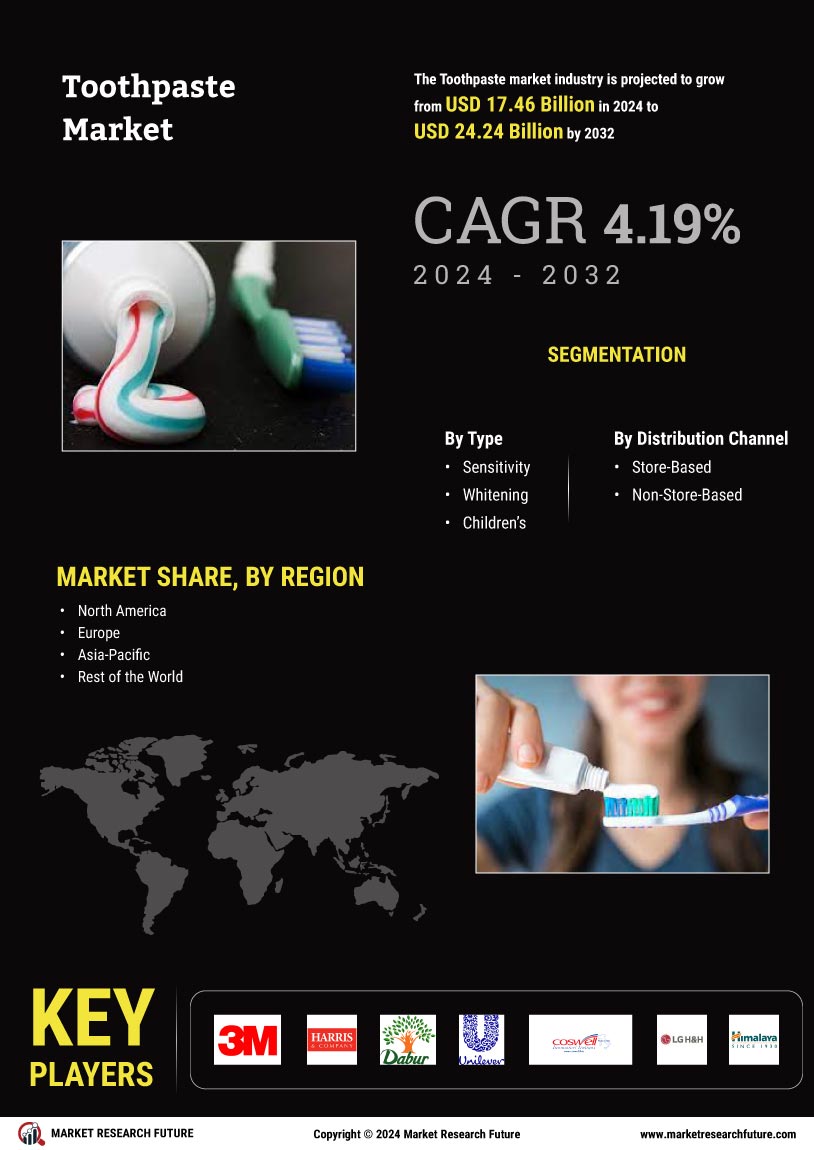

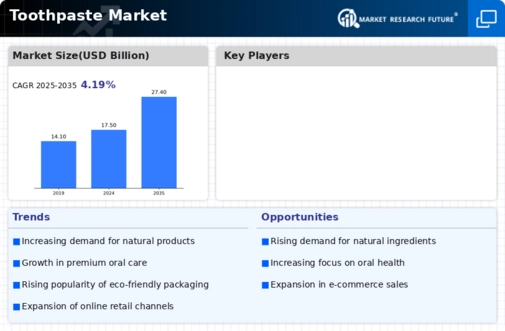
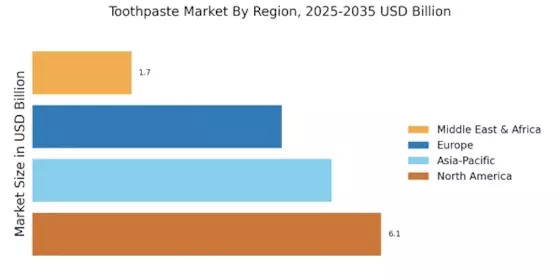
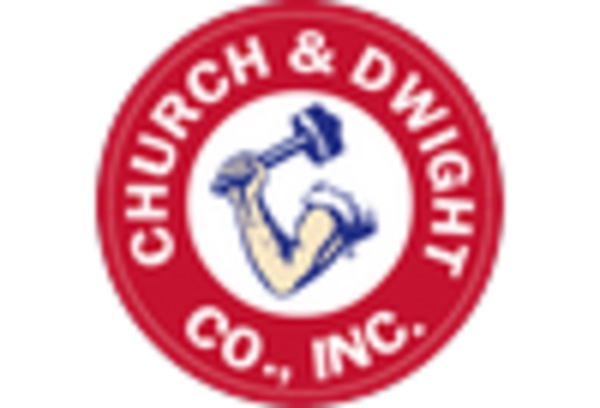
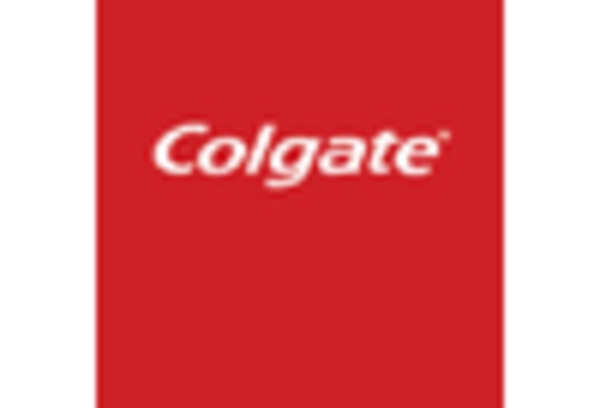

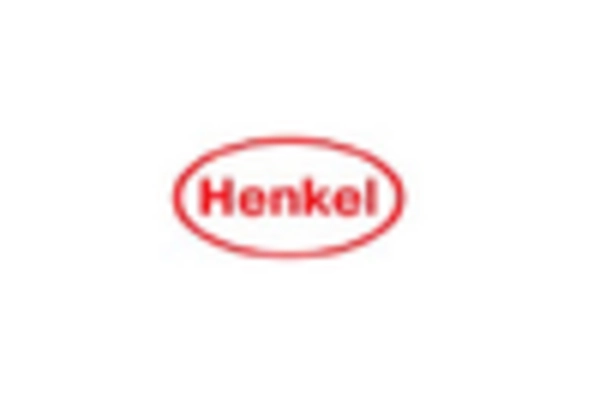
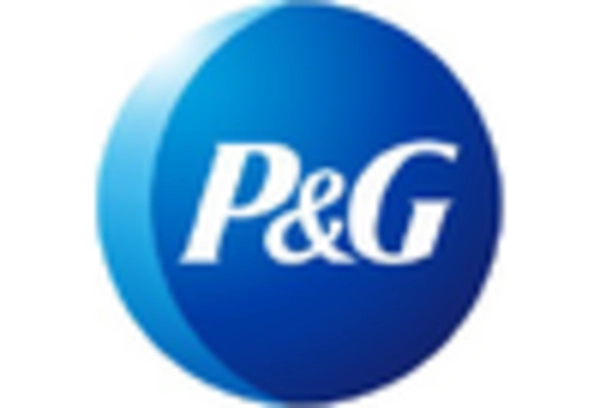









Leave a Comment